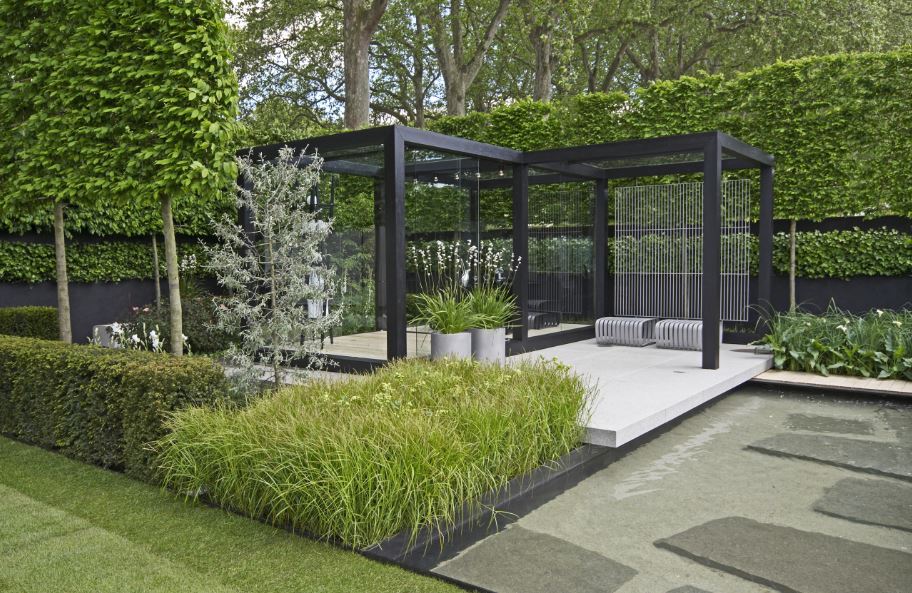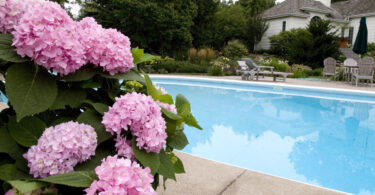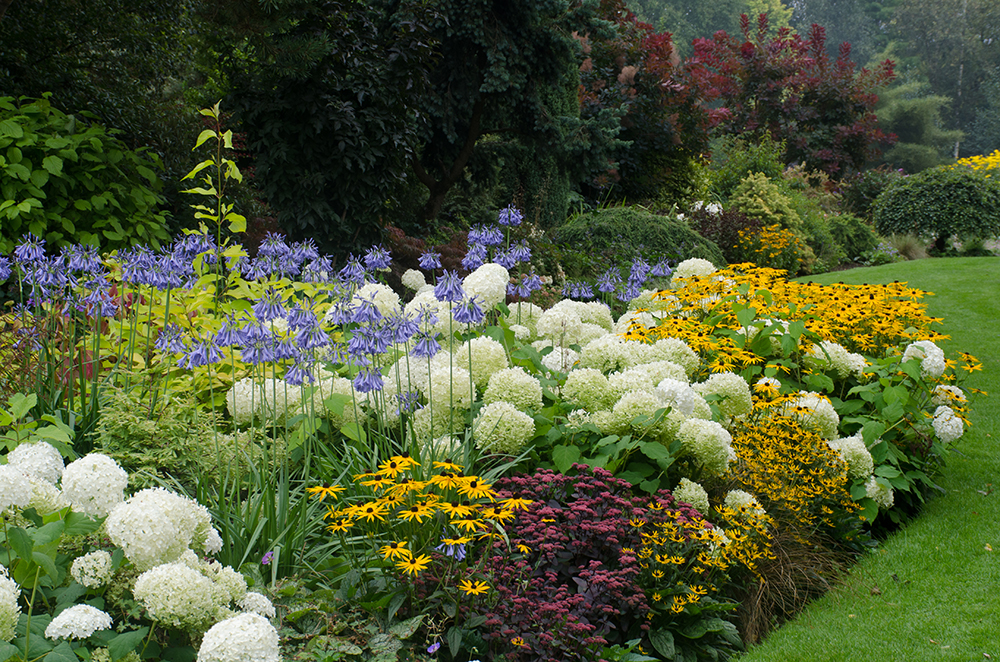With an endless variety of texture, shape and form, ornamental grasses add an elegant and magical element to any garden. Explore different and exciting ways to landscape with this diverse plant species.
Setting the mood
Decorative grasses’ beautiful plumes and filigree fine stems and leaves add a sense of free-flowing appeal and movement to your garden, from one season to the next. “With ornamental grasses, even the slightest of breezes breathes life into any space,” says Craig de Necker, managing director of The Friendly Plant.

Modern innuendo
For many years, minimalist gardens featuring perfectly manicured hedges and topiary have reflected a composed visual narrative. Striking as this focus on geometric fervour may be, every point has a counterpoint.
Landscape designers the world over have started to appreciate decorative grasses’ ability to add depth and dimension to overly stark lines. While staying true to their “less is more” approach, the focus has shifted towards creating tension between clipped hedges and topiary and decorative grasses’ naturally graphic qualities.
Here, tightly clipped Buxus balls are interspersed with wispy decorative Nassella tenuissima (Trin.) Barkworth to soften the harshness of the gravel bed.

To create impact, plant similar grass varieties in groupings of at least three. Odd numbers are more attractive than even numbers.
The result: A strong architectural underpinning where man and nature contribute to a new wave in minimalist design.

Indigenous savannah
Nature’s nurture
Our busy lifestyles and the effects of climate change have made it challenging to support large gardens. De Necker says indigenous ornamental grasses have gained popularity thanks to their hardy, waterwise qualities and visual appeal. Glenice Ebedes of Grounded Landscaping adds: “One of the biggest drawcards of indigenous grassland gardens is that they require minimal maintenance.”
South Africa boasts several indigenous ornamental grass species. According to Ebedes, popular indigenous ornamental grasses include:
- Aristida junciformis (Ngongoni three-awn): Ideal for softening harsh edges, this ornamental tufted grass features fine leaves and feathery seed heads in shades of green and light brown. (Plant in sunny spots.)
- Melinis repens (Natal red-top): This hardy tufted grass requires little maintenance. Ideal for a showy display in spring and summer.
- Eragrostis superba (Saw-tooth love grass, flat-seed love grass): Inflorescences feature large, flat spikelets, which are found well above the basal tuft of leaves.
“Texture and contrast lie at the heart of any well-executed indigenous grassland garden,” says Ebedes. However landscape design elements such as colour and shape also form part of the mix. “Replicate a natural veld setting by interweaving perennials like red-hot pokers, bulbous plants, groundcovers and small shrubs,” she advises.
The result: A naturalistic urban grassland teeming with wildlife.

In the mix
Chris Williams of Catscapes Landscapes suggests using the correct combination of perennials to create layers of colour and texture. For a well-balanced grasslands border, the golden ratio is 30% filler plants and 70% structure plants. Filler plants are only used for seasonal flower or foliage colour, while grasses, repeat bloomers and long-season perennials add structure from one season to the next.

Flowers wilt and whither. When picking companions for your decorative grasses, choose plants more for shape and texture than for their blooms. This layered flower border with its wild planting of Achillea and Alliums incorporate ornamental grasses to great effect.
A colourful mixed flower border with Achillea “Red Velvet” and a range of ornamental grasses.

The result: Hazy swaths of grasses set the mood in a garden, while pops of colour add interest.
A blueprint to success
The art of planting
If you’re planning on giving your garden a naturalistic overhaul, Piet Oudolf’s approach to fusing grasses and perennials will provide endless inspiration. The Dutch master plantsman extraordinaire has transformed this planting style into an artform.
In Planting: A New Perspective, Noel Kingsbury writes that Oudolf’s signature planting schemes fuse soft, complex colours, russet hues, purples, and a plethora of grasses, all intricately woven together into a living tapestry.
Oudolf believes in the visual impact of a multi-season garden. After flowers wither in autumn, leave dried seed pods intact.

The result: An unsurpassed visual alchemy that celebrates every life-cycle of both grasses and perennials.









Leave a Comment